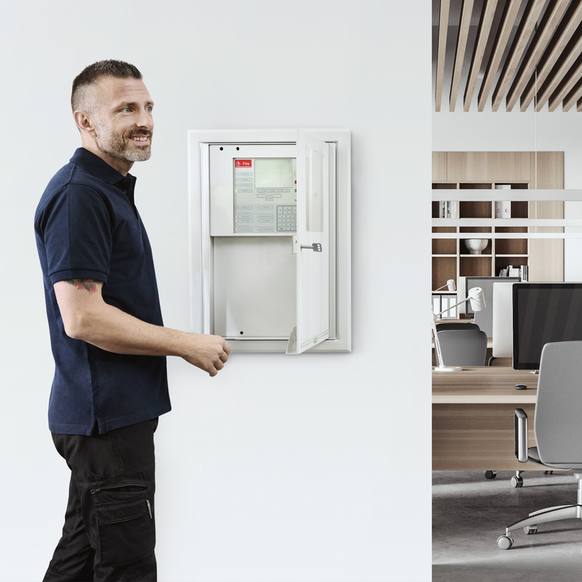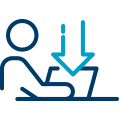Why you should always ask for an EN54-13 certified system?

The European Union is regulating Fire Detection and Alarm Systems (FDAS) under the Construction Products Regulation (CPR). The applicable standard, EN54, is then developed by a technical committee and implemented in the member countries. Apart from Europe, is the EN54 standard also accepted in several countries in Latin America, Africa and Asia.
The EN 54 standard is mainly made up of a series of 23 different individual product standards, for example:
- EN 54-2 Control and Indicating Equipment
- EN 54-5 Point Heat Detectors
- EN 54-11 Manual Call points
Each individual product standard specifies the product requirements, how the tests shall be carried out and the acceptance requirements. All these standards are harmonized under the CPR, which means that they are mandatory for all countries to implement, and for all manufacturers is the impact that they need to present test reports and certificates from accredited 3rd party laboratories and notified bodies. Additionally, is it required with an initial, and thereafter annual, Factory Production Control carried out by the notified body, which is mandatory for each factory where the products are manufactured.
So, now you can be sure that the performance of the components, like the control unit, the detectors, the wireless components etc., are in accordance with the applicable standards. But you still do not know how they will operate together, in a system under all conditions. This because the performance of each component is assessed only from the results obtained in the specified tests, and that does not ensure that this component will necessarily function correctly when connected with another component also conforming to the relevant part of EN 54. This is where the EN54-13 comes in.
Operation and application of the EN54-13 standard
EN54-13 is called Compatibility and connectability assessment of system components and is there to verify that all the individually certified components (type 1, according to EN54-1) will operate together under worst case conditions; minimum and maximum load of components on the loop, maximum current load, safe and correct behavior near cut off and short circuit of the loops etc.
Apart from that is also verified that type 2 components, e.g. interfaces for BMS or cloud solutions or fire brigade panels etc. has no negative impact of any of the type 1 components.
With the large variety of existing detection technologies and FDAS getting more and more complex, with all kinds of controls of external system and with connections to different management systems, and other means for remote operation, it will be very unlikely that all equipment comes from one manufacturer. Who will then be responsible? The answer will be the holder of the EN54-13 certificate.
The issue here is that that EN54-13 is not harmonized and thereby not mandatory for the manufacturers. Some countries, like Germany, Belgium and Denmark require it, but not all. Even if it is not required by local legislation, it is wise of the designer and end user to require it.



